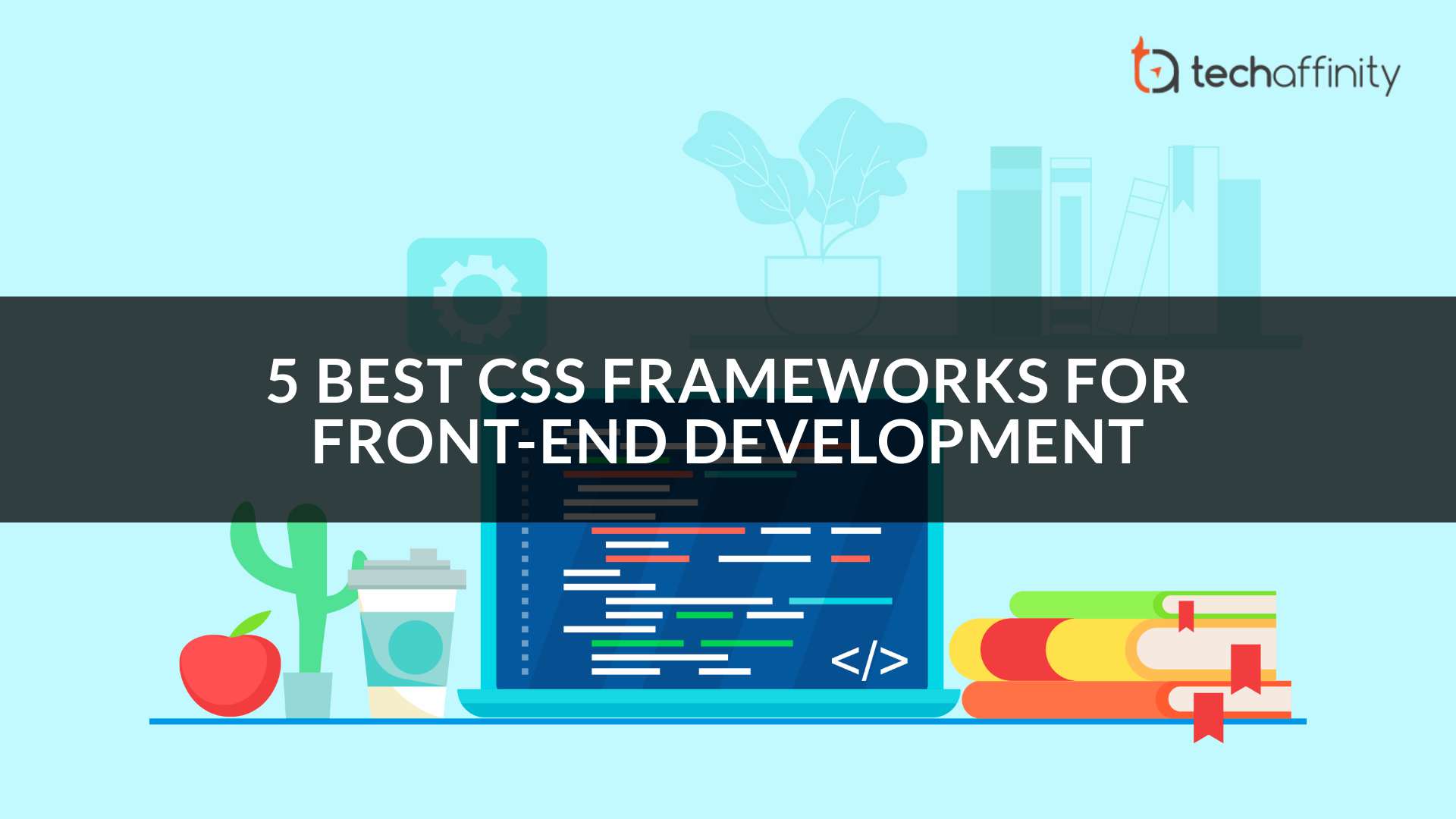The 23rd World Insights
Exploring the untold stories and events from around the globe.
Frameworks That Make Your CSS Feel Like Magic
Unlock the secrets of CSS with these frameworks that transform your designs into captivating experiences. Discover the magic today!
Top 5 CSS Frameworks That Transform Your Styling Workflow
When it comes to designing websites, leveraging a CSS framework can significantly enhance your styling workflow. These frameworks provide pre-defined classes and components that streamline the development process, allowing you to focus on creating visually appealing layouts without getting bogged down in tedious styling. Below are the top 5 CSS frameworks that can transform your workflow:
- Bootstrap - Perhaps the most popular CSS framework, it offers a responsive grid system and extensive component library.
- Tailwind CSS - Known for its utility-first approach, it allows for rapid customization and styling.
- Bulma - A modern CSS framework that provides a clean and flexible grid system.
- Foundation - This framework is geared towards professionals and offers advanced features for responsive design.
- Semantic UI - Emphasizes human-friendly HTML, making it intuitive and easy to use.

How to Choose the Right CSS Framework for Your Project
Choosing the right CSS framework for your project is crucial as it can significantly impact your development process and the overall performance of your website. Start by assessing the project’s requirements, such as the desired layout, responsiveness, and the complexity of design elements you need. Research the popular options like Bootstrap, Tailwind CSS, and Zurb Foundation. Each framework comes with its strengths; for instance, Bootstrap offers a robust set of components, while Tailwind provides customizable utility-first classes that can help streamline your CSS.
Once you have a shortlist of frameworks, consider other factors such as community support, documentation, and performance optimization. Frameworks with active communities often have extensive resources, tutorials, and plugins, making troubleshooting easier. Additionally, refer to benchmarks on web.dev to understand the weight and loading speeds of various CSS frameworks. Ultimately, selecting the right framework can enhance not just the aesthetic appeal of your site, but also its functionality, maintainability, and user experience.
10 Tips and Tricks to Maximize the Magic of CSS Frameworks
CSS frameworks have revolutionized the way we build responsive and visually appealing web applications. To maximize the magic of CSS frameworks, first, familiarize yourself with the documentation of the framework you choose, as it contains invaluable insights into its capabilities. Secondly, consider customizing predefined styles rather than overriding them completely; this helps maintain the framework's integrity while achieving a unique design. To help you get started, visit the Bootstrap documentation for tips on customization.
Another effective way to leverage CSS frameworks is by organizing your styles using utility classes. Instead of writing a plethora of custom CSS, use the built-in utility classes to keep your HTML clean and your styles manageable. This technique enhances maintainability and readability. Additionally, always ensure to utilize responsive design features offered by the framework to enhance the user experience across different devices. For resourceful guidelines, check the Tailwind CSS responsive design guide.